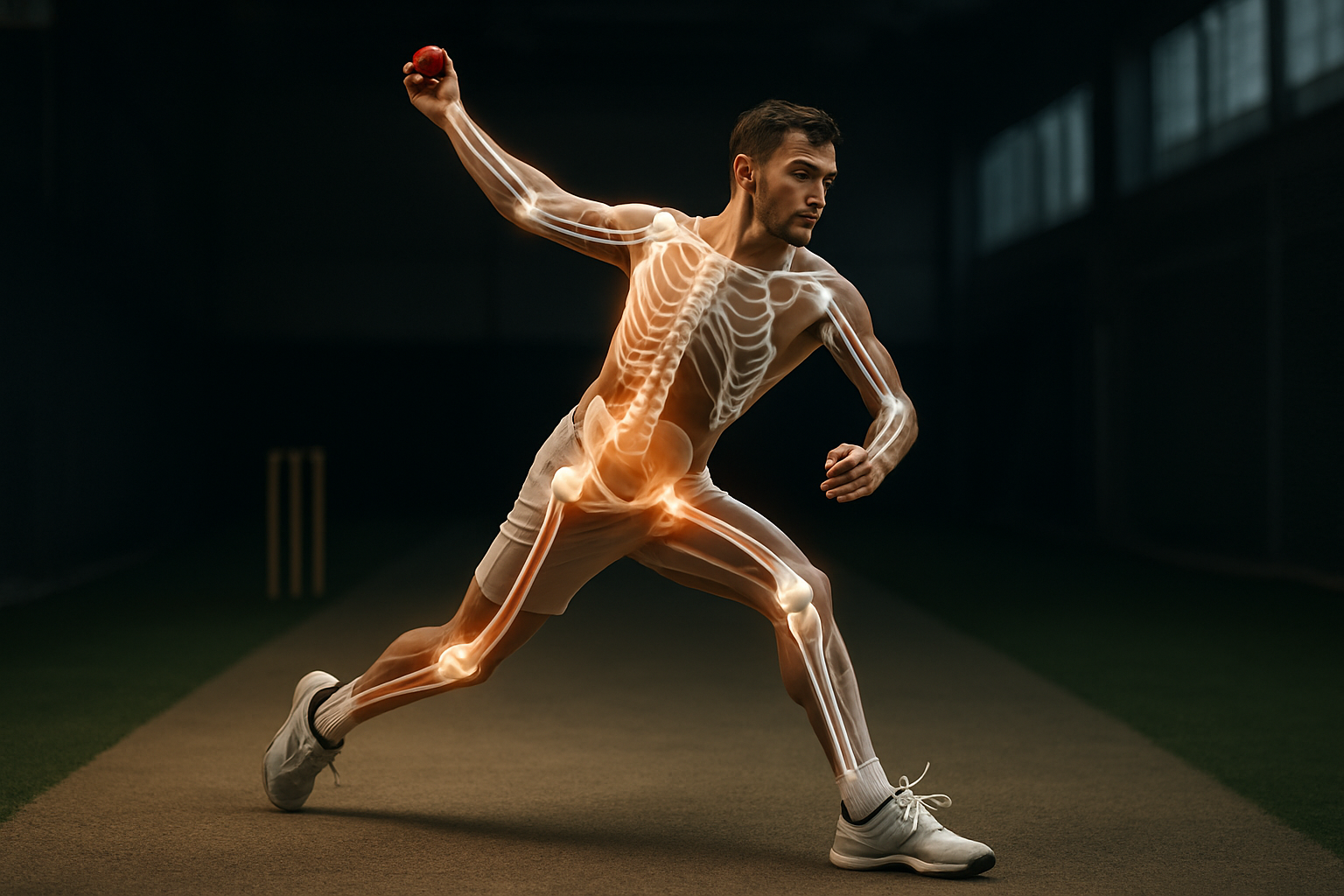Bioelectric Medicine: The Future of Non-Invasive Healing
The human body's intricate electrical system has long fascinated scientists and medical professionals. Now, a groundbreaking field known as bioelectric medicine is harnessing this internal network to revolutionize healing. Imagine a world where chronic pain, inflammatory disorders, and even neurological conditions could be treated without drugs or invasive procedures. How might this emerging science reshape our approach to health and wellness?

Researchers in this field are developing innovative devices that can modulate these bioelectric signals to promote healing and alleviate symptoms. These interventions work by targeting specific neural circuits or stimulating the body’s natural electrical pathways to reduce inflammation, manage pain, or even accelerate tissue regeneration.
Historical Context and Recent Breakthroughs
The concept of using electricity for healing dates back to ancient times, with early civilizations using electric fish to treat ailments. However, modern bioelectric medicine has its roots in the mid-20th century, with the development of cardiac pacemakers and other neurostimulation devices.
Recent years have seen exponential growth in this field, fueled by advancements in nanotechnology, bioengineering, and our understanding of the body’s electrical systems. Breakthrough studies have demonstrated the potential of bioelectric therapies in treating conditions ranging from rheumatoid arthritis to epilepsy, opening up new avenues for non-pharmacological interventions.
Applications in Chronic Pain Management
One of the most promising applications of bioelectric medicine is in the realm of chronic pain management. Traditional approaches often rely heavily on opioids and other pain medications, which can lead to addiction and other side effects. Bioelectric therapies offer a drug-free alternative that targets the root cause of pain.
Devices like spinal cord stimulators and peripheral nerve stimulators work by delivering low-level electrical pulses to specific nerves or areas of the spinal cord. These pulses interfere with pain signals, providing relief without the need for ongoing medication. Early studies have shown significant reductions in pain levels and improved quality of life for patients with conditions such as chronic back pain and neuropathy.
Treating Inflammatory Disorders
Inflammation is at the core of many chronic diseases, from rheumatoid arthritis to inflammatory bowel disease. Bioelectric medicine is offering new hope in this arena through the stimulation of the vagus nerve, a key component of the body’s inflammatory reflex.
Vagus nerve stimulation (VNS) has shown remarkable results in reducing inflammation and improving symptoms in patients with rheumatoid arthritis and Crohn’s disease. By modulating the body’s immune response, these therapies can potentially reduce the need for immunosuppressive drugs and their associated side effects.
Neurological Applications and Brain Health
The potential of bioelectric medicine extends to the realm of neurological disorders and brain health. Researchers are exploring how targeted electrical stimulation can help in conditions like Parkinson’s disease, epilepsy, and even depression.
Deep brain stimulation, a form of bioelectric therapy, has already shown promising results in managing symptoms of Parkinson’s disease. Meanwhile, transcranial magnetic stimulation (TMS) is gaining traction as a treatment for depression resistant to traditional therapies. These approaches offer hope for patients who have not found relief through conventional treatments.
Challenges and Future Directions
While the potential of bioelectric medicine is immense, the field is not without its challenges. Developing precise, minimally invasive devices that can target specific neural circuits remains a technical hurdle. Additionally, more long-term studies are needed to fully understand the efficacy and safety of these therapies over extended periods.
The future of bioelectric medicine looks bright, with ongoing research exploring its potential in areas like regenerative medicine and cancer treatment. As our understanding of the body’s bioelectric systems deepens, we may see even more innovative applications emerge, potentially transforming our approach to health and healing.
Electrifying Facts About Bioelectric Medicine
-
The human body generates about 100 watts of power at rest, enough to power a light bulb
-
Bioelectric signals play a crucial role in embryonic development, guiding the formation of organs and limbs
-
Some bioelectric therapies can be delivered through wearable devices, allowing for non-invasive, continuous treatment
-
Researchers are exploring the use of bioelectric stimulation to accelerate wound healing and tissue regeneration
-
The global market for bioelectric medicine is expected to reach $35 billion by 2025, reflecting the growing interest in this field
As we stand on the brink of this bioelectric revolution in medicine, the possibilities seem boundless. From pain management to neurological disorders, this innovative approach offers new hope for millions suffering from chronic conditions. By tapping into the body’s own electrical systems, bioelectric medicine may not only transform how we treat diseases but also how we understand the fundamental nature of health and healing. The future of medicine may well be electric, opening doors to gentler, more targeted therapies that work in harmony with our body’s natural processes.





